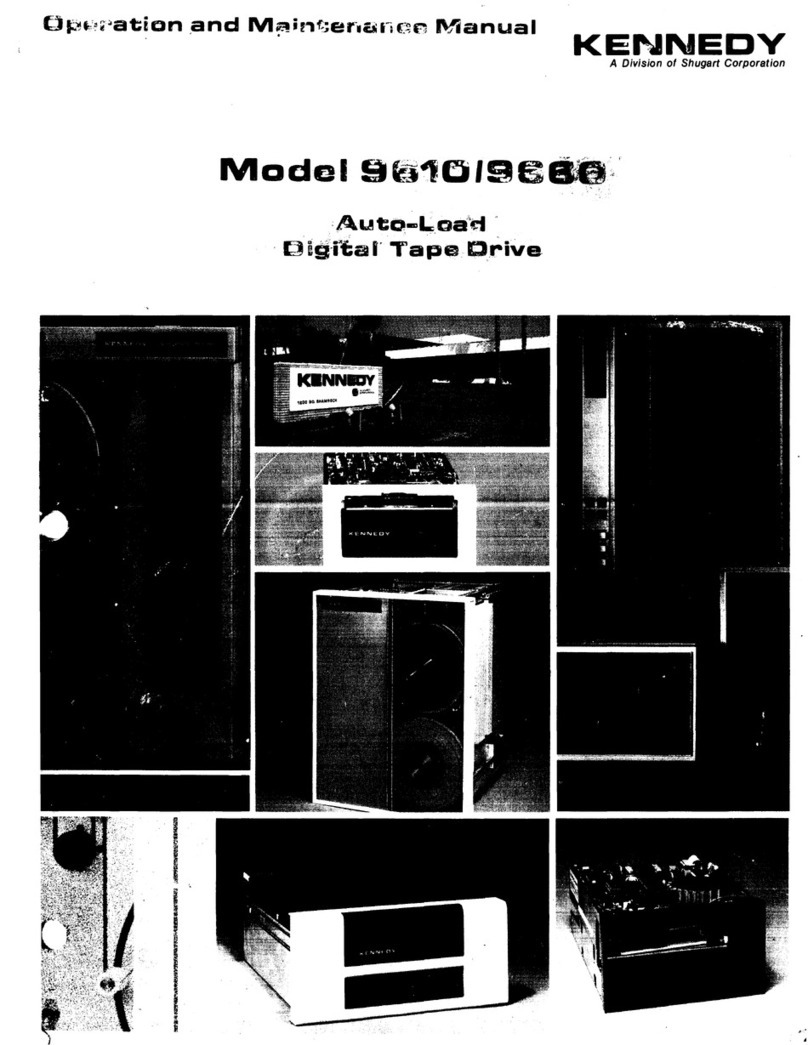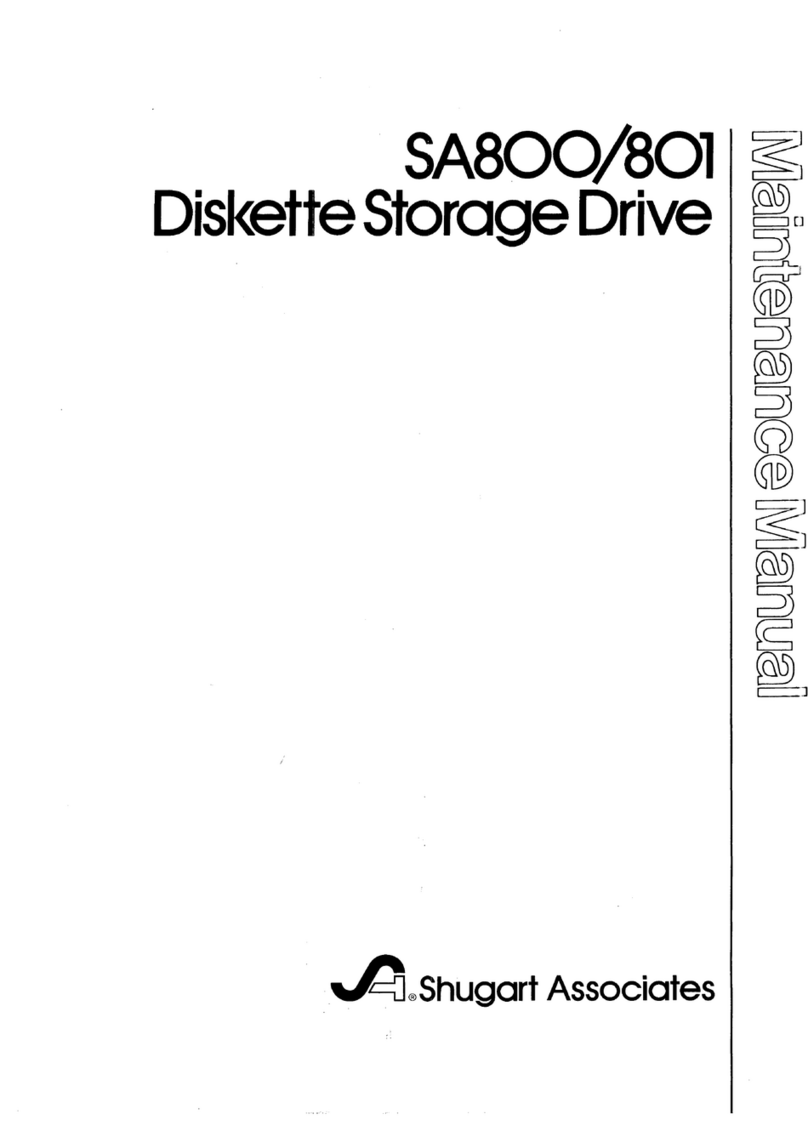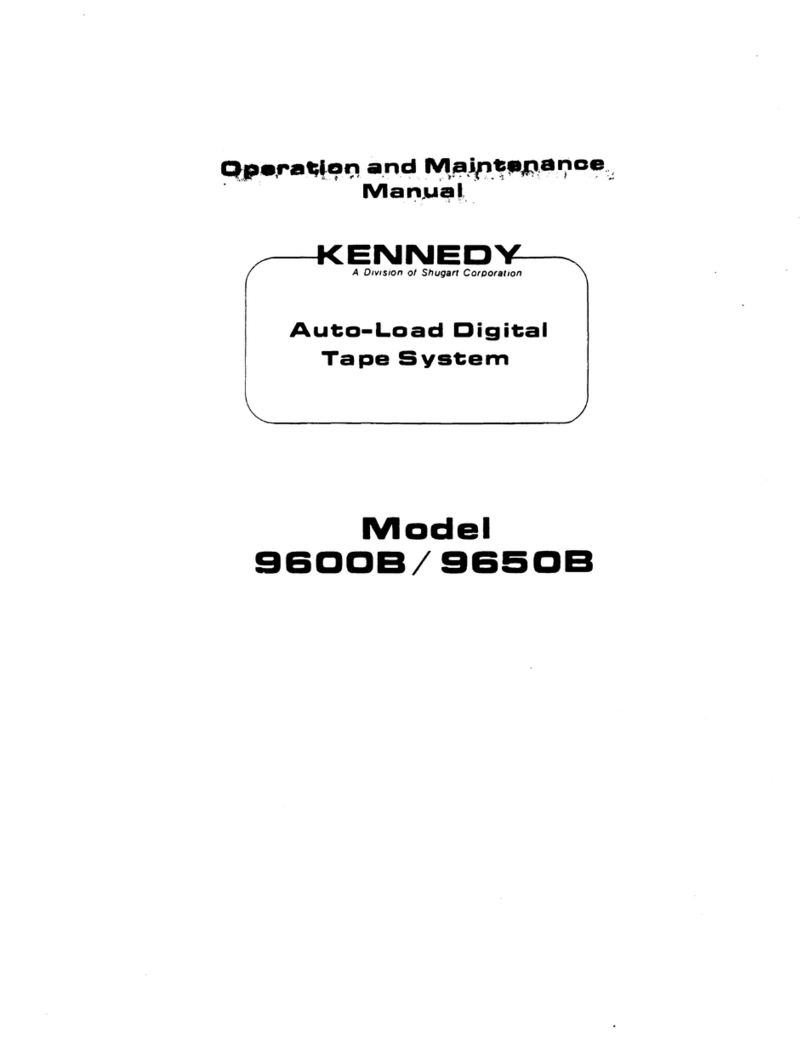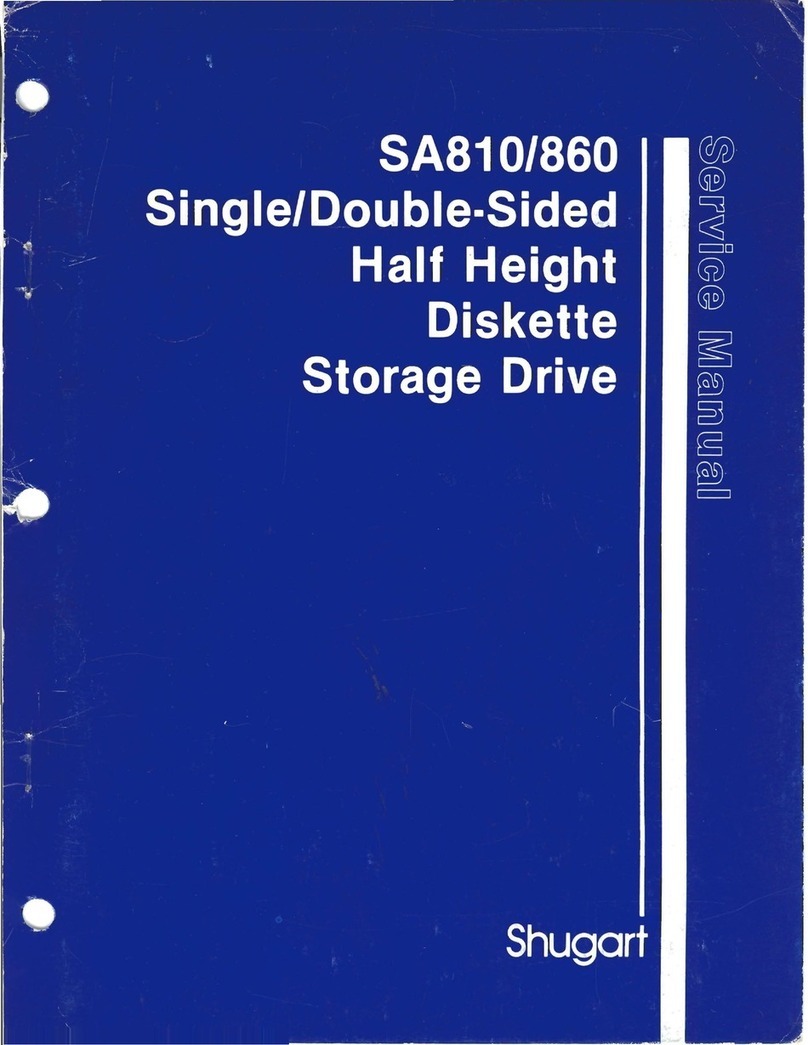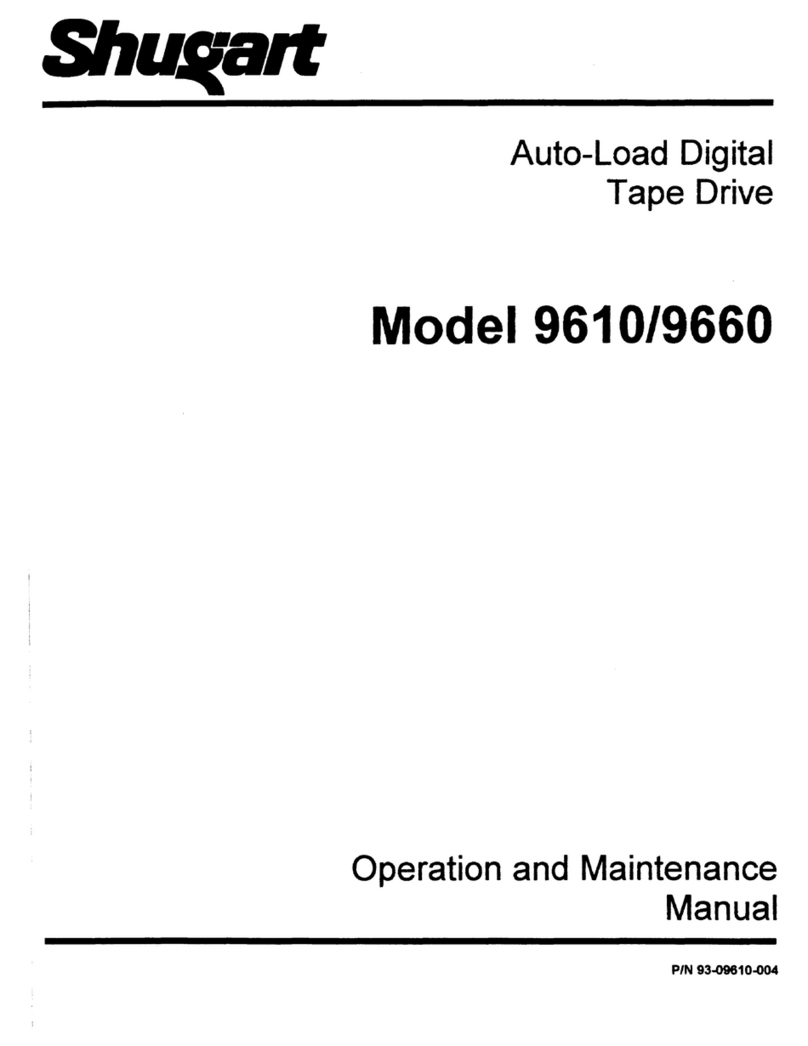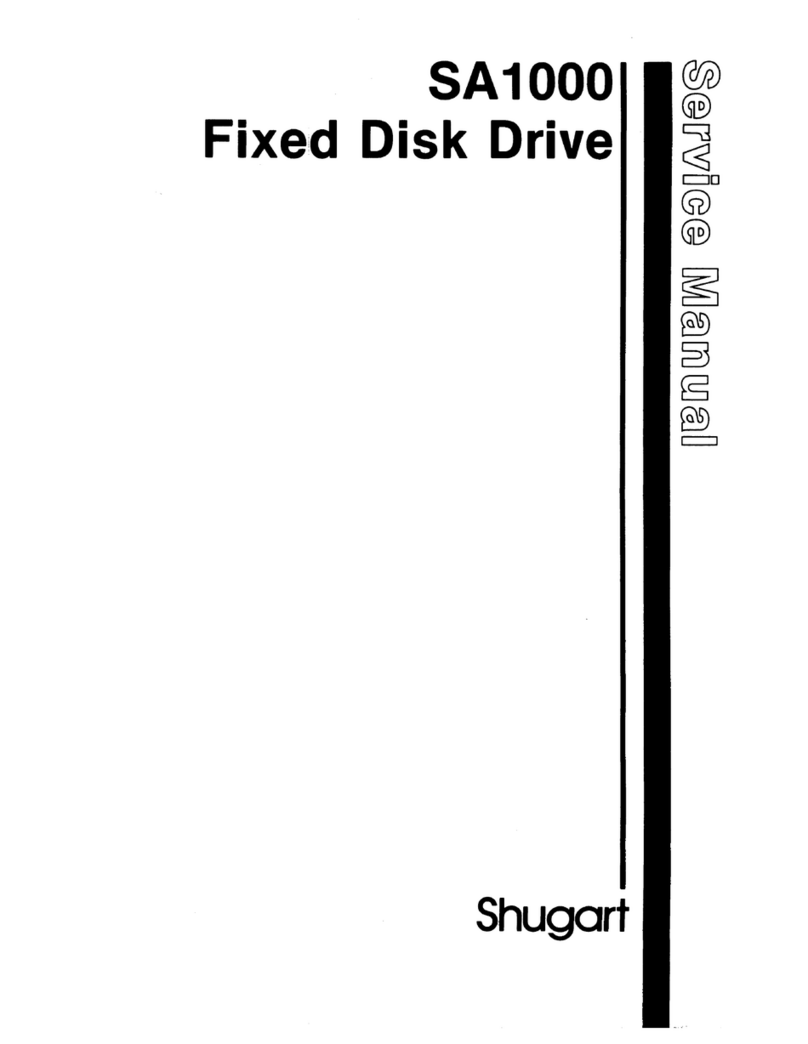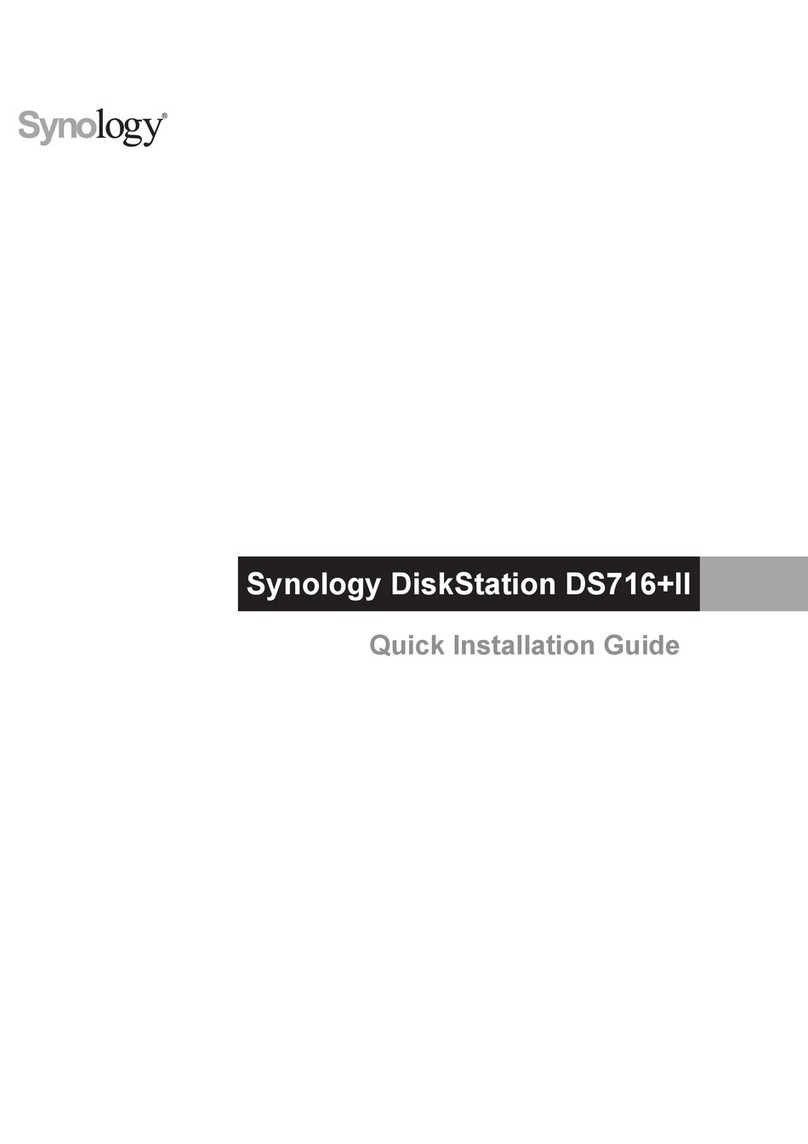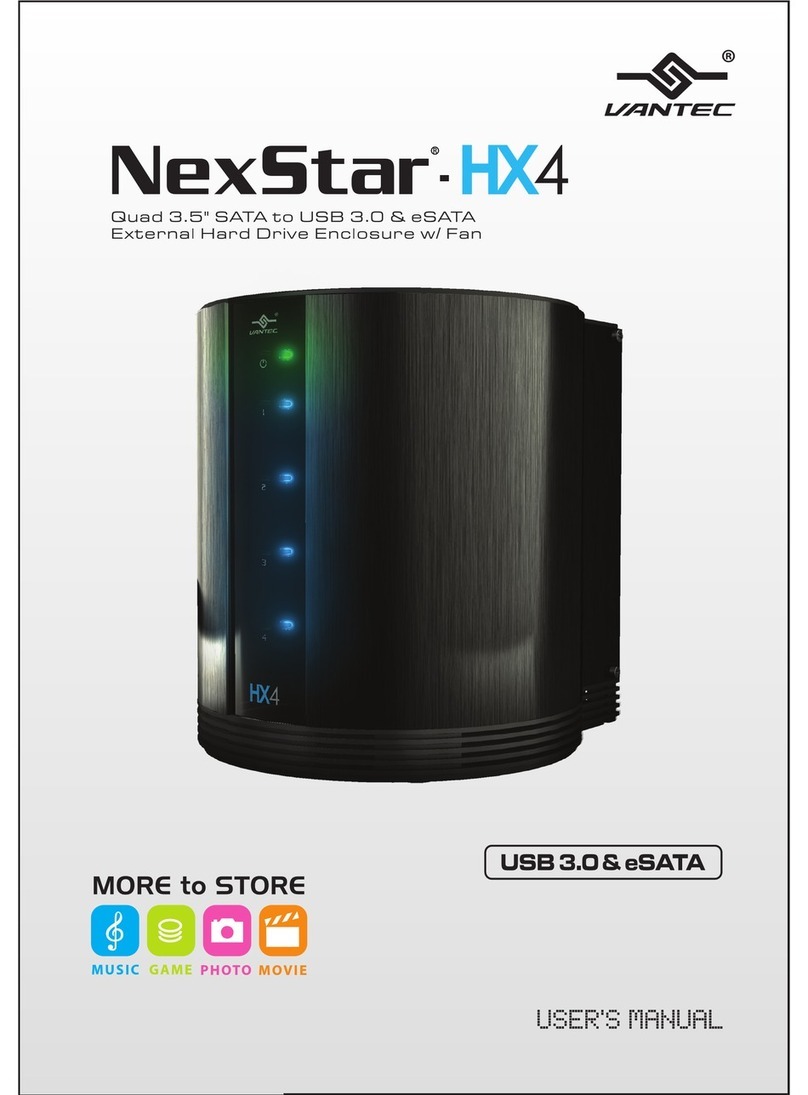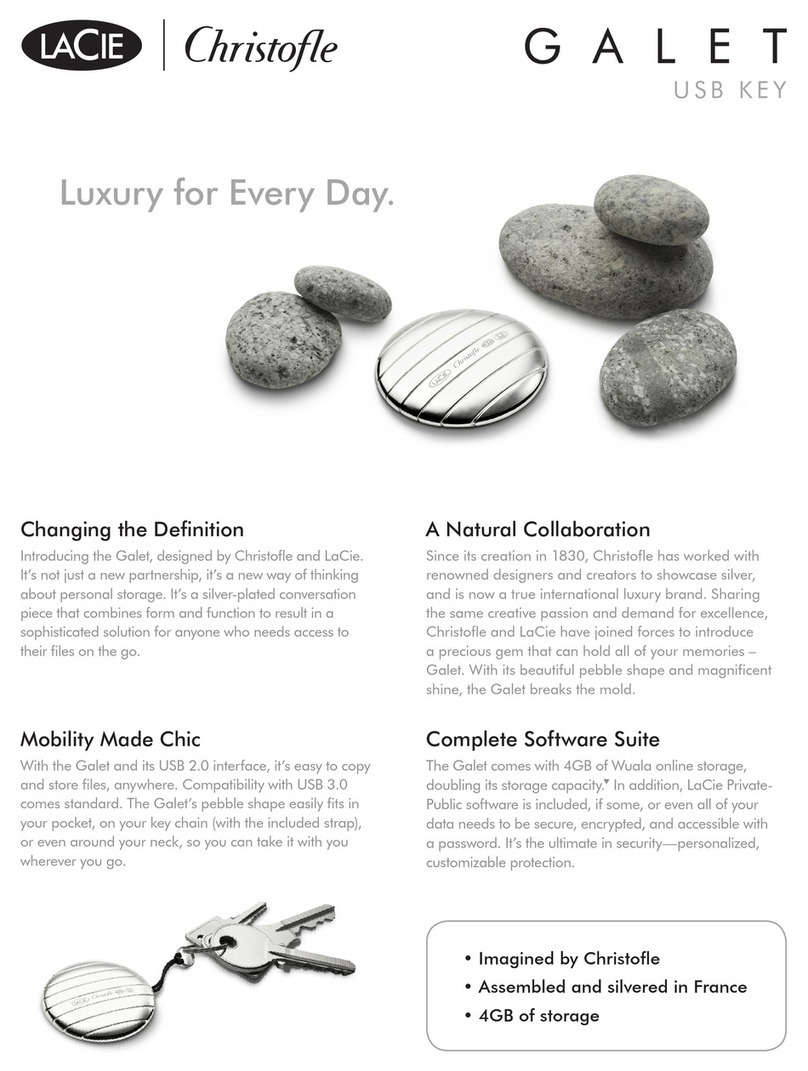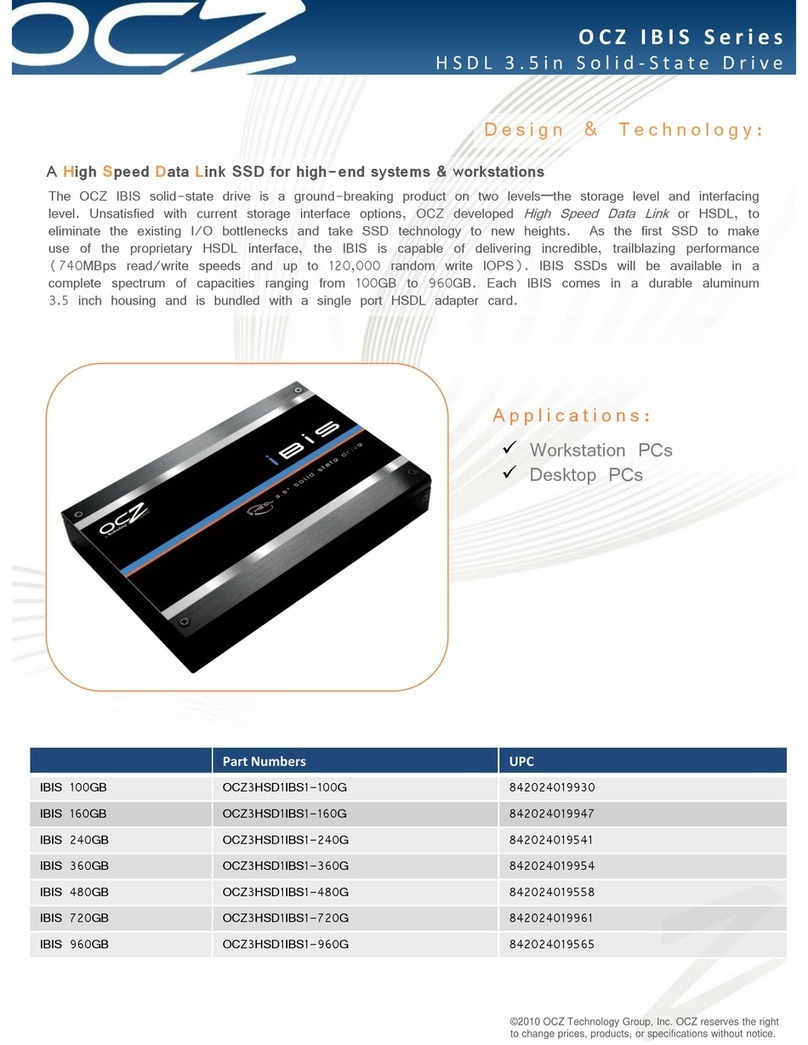3
2.0 DIAGNOSTIC TECHNIQUES
2.1 Introduction
Incorrect operating procedures, faulty program-
ming, damaged diskettes, and
"soft
errors" created
by airborne contaminants, random electrical noise,
and other external causes can produce errors
falsely
attributed
to
drive failure or misadjustment.
Unless visual inspection
of
the drive discloses
an
obvious misalignment or
broken
part,
attempt
to
repeat the fault with the original diskette, then
attempt
to
duplicate fault
on
second diskette.
2.2
"Soft Error" Detection
and
Correction
Soft errors are usually caused by:
1.
Airborne contaminants
that
pass between the
read/write
head
and
the disk. Usually these
contaminants can be removed
by
the cartridge
self-cleaning wiper.
2. Random electrical noise
that
usually lasts for a
few
f.1
sec.
3. Small defects in the written data
and/or
track
not
detected during the write operation
that
may cause asoft error during aread.
4. Worn or defective load pad.
The following procedures are recommended
to
recover from the above mentioned soft errors:
1.
Reread the track
ten
(10)
times or until such
time
as
the
data
is
recovered.
2.
If
data
is
not
recovered after using step
1,
access
the head
to
the adjacent track in the same
direction previously moved,
then
return
to
the
desired track.
3. Repeat step
1.
4.
If
data
is
not
recovered, the error
is
not
recoverable.
2.3 Write Error
If
an error occurs during awrite operation, it will
be detected on the next revolution
by
doing aread
operation, commonly called a"write check." To
correct the error, another write and write check
operation must be done.
If
the write operation
is
not
successful after ten
(10)
attempts
have been
made, aread operation should be
attempted
on
another track
to
determine
if
the media or the
drive
is
failing. If the error still persists the diskette

